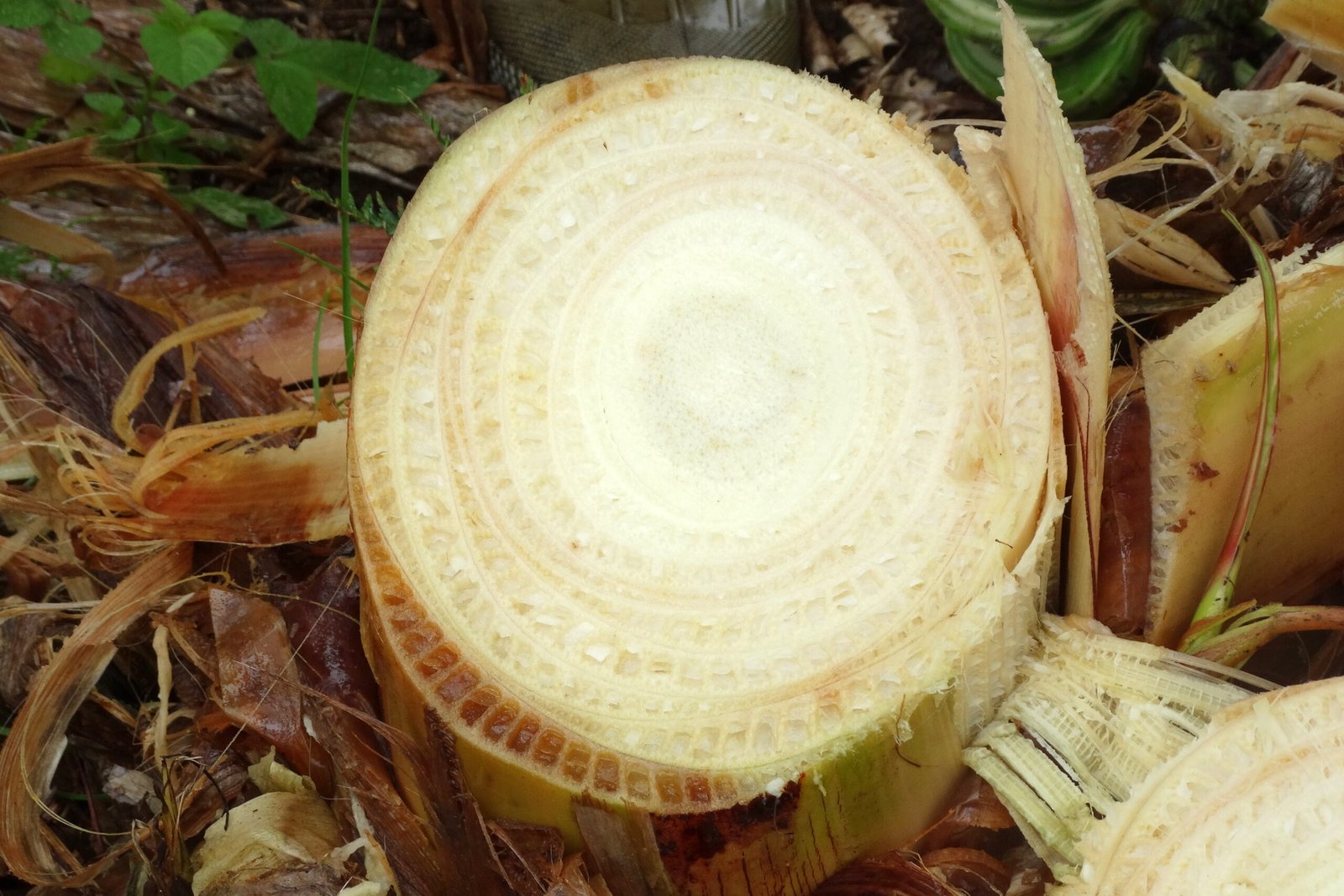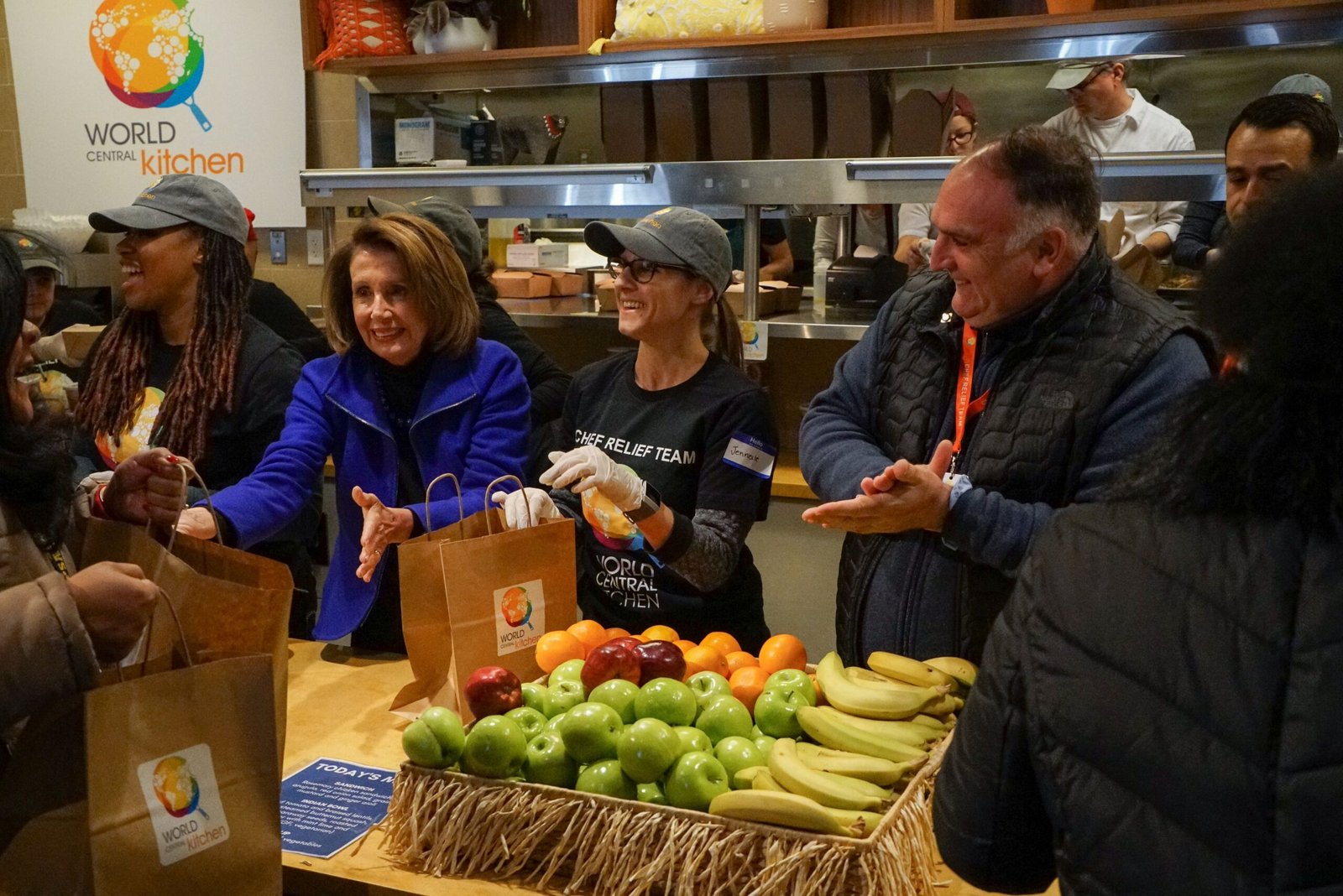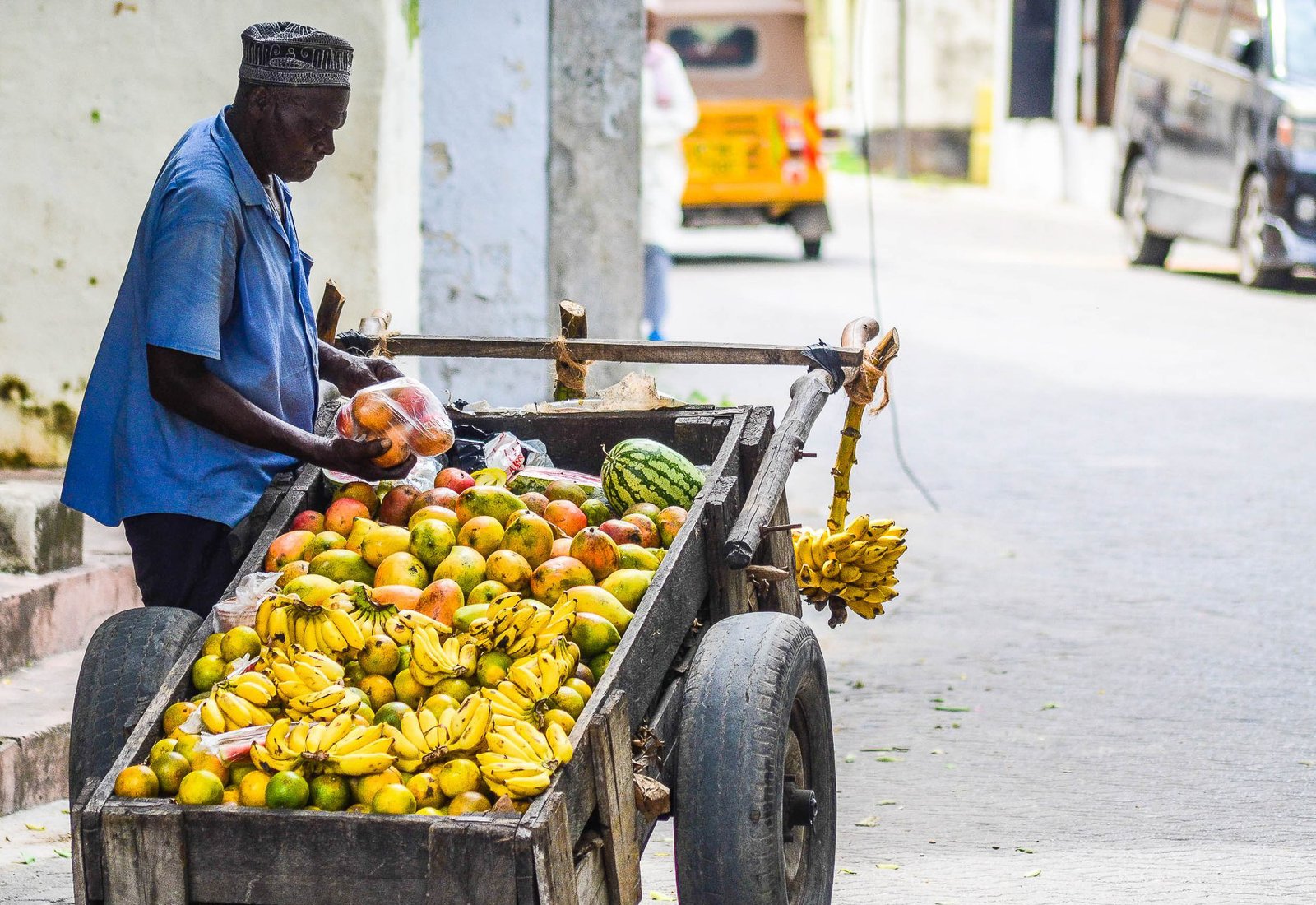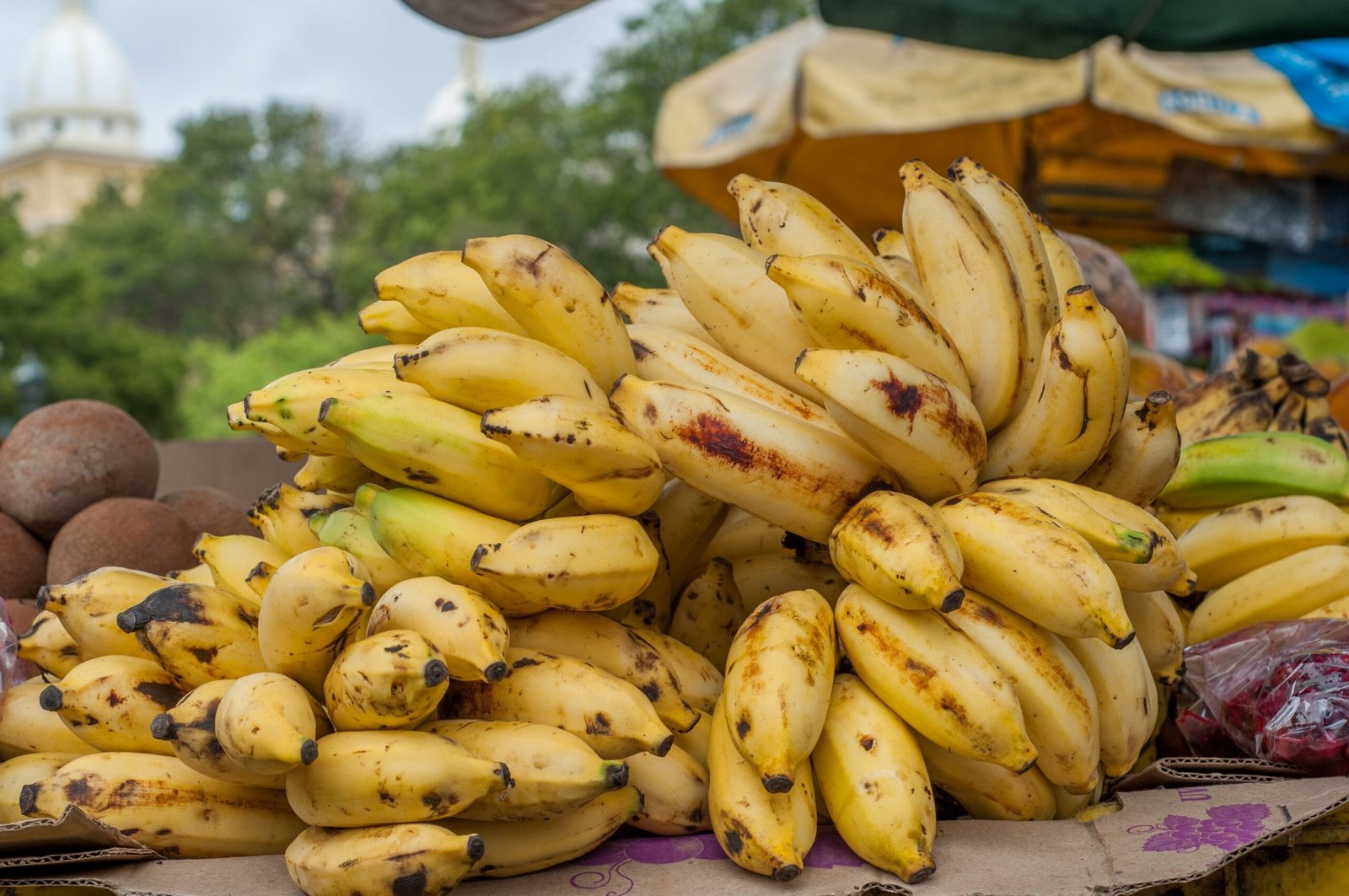Bananas have long been a staple in many households, cherished for their sweet taste and nutritional value. Among the myriad of banana varieties, the Cavendish stands out as the global favorite, gracing breakfast tables and lunchboxes around the world. However, this beloved banana is under threat, facing a crisis that could lead to its extinction. The story of the Cavendish is not just about a fruit but reflects broader themes of biodiversity, agricultural practices, and the relentless race against time to find a suitable successor.
The Rise of the Cavendish Banana
The Cavendish banana didn’t always dominate the global market. Its rise to fame began in the mid-20th century when the Gros Michel banana, the previous favorite, fell victim to the Panama disease. The Cavendish was chosen as its replacement due to its resistance to the disease and its ability to withstand transportation. This banana quickly became the backbone of the banana industry, providing a reliable and uniform product to consumers worldwide. Its success, however, masked a significant vulnerability: genetic homogeneity.
The Threat of Panama Disease

Panama disease, caused by the soil-borne fungus Fusarium oxysporum, is the very enemy that once wiped out the Gros Michel. This disease has resurfaced in a more virulent form known as Tropical Race 4 (TR4), and it’s targeting the Cavendish. The disease spreads through soil and water, infecting banana plants and causing them to wilt and die. Because the Cavendish plants are genetically identical, they lack the natural resistance diversity that could fend off such a disease, making them sitting ducks in the face of TR4.
Monoculture: A Double-Edged Sword
The Cavendish banana’s uniformity is a result of monoculture practices, where vast plantations grow genetically identical plants. While this ensures consistency and predictability in production, it also leaves crops vulnerable to diseases. Monoculture can be likened to putting all your eggs in one basket; if one plant is susceptible, they all are. This agricultural practice, while efficient, has proven risky in the long run, as seen with the Cavendish’s current plight.
The Economic Impact of a Banana Crisis

The potential collapse of the Cavendish banana has far-reaching economic implications. Bananas are a significant export for many countries, providing livelihoods for millions of farmers. A decline in Cavendish production could lead to economic instability in banana-dependent regions. The cost of combating TR4 and potential losses from decreased banana exports could cripple economies. This crisis underscores the importance of agricultural diversity and the need for sustainable farming practices.
Biotechnology to the Rescue?
In the search for a solution, scientists are turning to biotechnology, exploring ways to engineer disease-resistant bananas. This involves identifying genes that confer resistance to TR4 and incorporating them into the Cavendish. Genetic engineering holds promise, but it also raises ethical and ecological concerns. While some argue that it could save the banana industry, others worry about the long-term effects of genetically modified organisms on health and the environment.
The Quest for a New Banana Hero
Beyond biotechnology, researchers are on the hunt for naturally resistant banana varieties that could replace or complement the Cavendish. Varieties like the Gros Michel, once discarded, are being reconsidered. Other lesser-known bananas, like the Pisang Awak and the Goldfinger, are being tested for their resilience against TR4. The goal is to diversify the banana market, reducing reliance on a single variety and enhancing the industry’s resilience.
Lessons from Nature
Nature offers valuable lessons in resilience and adaptation. Biodiversity is nature’s insurance policy, providing ecosystems with the tools to withstand changes and threats. The Cavendish crisis is a stark reminder of the dangers of ignoring these lessons. By embracing a more diverse range of banana varieties, we can create a more sustainable future for both agriculture and the environment.
The Role of Consumers

Consumers, too, play a pivotal role in shaping the future of bananas. By being open to different banana varieties and supporting sustainable farming practices, they can drive change. Awareness and education are key; understanding the challenges facing the Cavendish can lead to more informed choices at the supermarket. Consumers can be the catalysts for change, pushing for diversity and sustainability in the banana industry.
Global Collaboration for a Common Cause

Addressing the Cavendish crisis requires a global effort. Collaboration between scientists, farmers, governments, and consumers is essential. Sharing knowledge, resources, and strategies can lead to innovative solutions. This collective effort can ensure that bananas remain a staple in diets worldwide, while also safeguarding the livelihoods of those who depend on them.
Looking Towards a Brighter Banana Future

The story of the Cavendish banana is one of both caution and hope. While the threat of extinction looms, it also presents an opportunity to rethink and reshape agricultural practices. By embracing diversity, innovation, and collaboration, we can ensure a sustainable future for bananas and the people who rely on them. As we navigate this crisis, let us remember that the choices we make today will shape the world of tomorrow.



